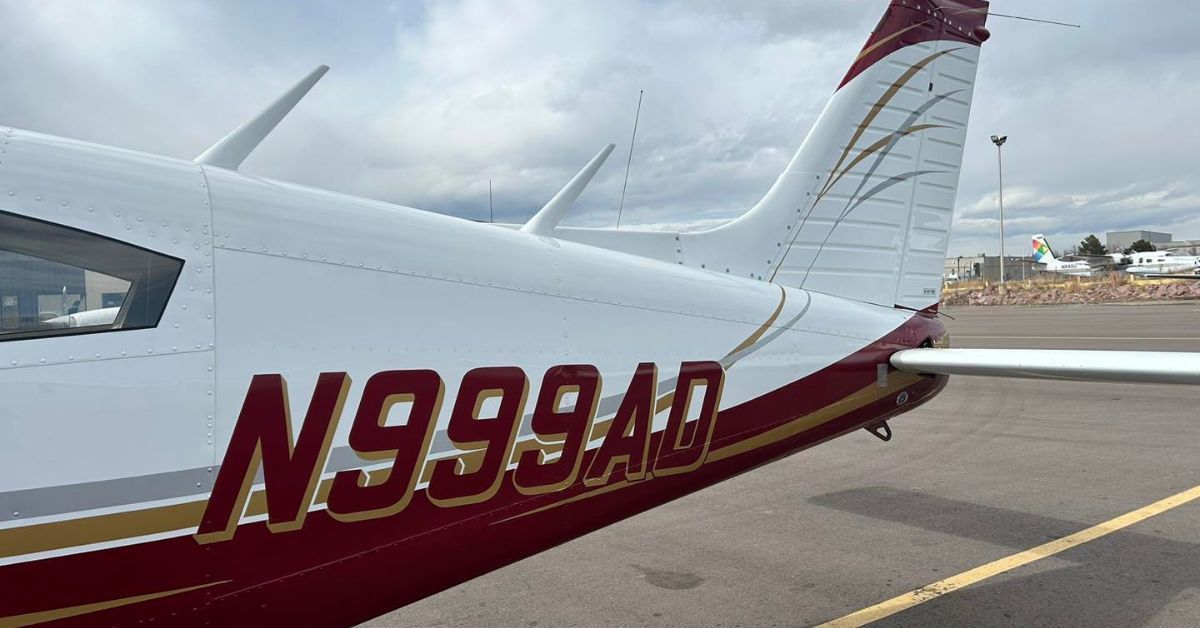How To Build Flight Hours for a Commercial Pilot Career
The path from zero experience to commercial aviation demands 1,500 flight hours for airline transport pilot certification. This substantial requirement may seem overwhelming, but with the right approach, you can efficiently accumulate these hours while gaining valuable experience that will serve you throughout your aviation career.
Building flight hours for a career as a commercial pilot requires dedication, strategic planning, and especially gaining substantial flight experience. Here’s how to establish the necessary hours to lay the foundation for your aviation journey.
Become a Certified Flight Instructor
Teaching others to fly is the most common and reliable method for accumulating flight hours. After earning your Commercial Pilot License, obtaining your Certified Flight Instructor (CFI) certificate opens doors to steady employment while you build valuable experience. The role reinforces your own flying skills while providing a steady income.
Each lesson you teach counts toward your total flight time, and the diverse scenarios you encounter with students prepare you for the challenges of commercial aviation. While FAA regulations limit instructors to eight hours of flight training in 24 hours, many CFIs can log several hundred hours per year, making it an effective strategy to reach the 1,500-hour requirement for an Airline Transport Pilot (ATP) certificate.
Expanding Your Instructor Qualifications
Adding specialized instructor ratings amplifies your earning potential and flight hour accumulation:
- Certified Flight Instructor - Instrument (CFII): Teaching instrument procedures builds your own proficiency while adding valuable instrument time to your logbook
- Multi-Engine Instructor (MEI): This rating allows you to teach complex aircraft operations, commanding higher hourly rates
Work in Specialized Aviation Operations
Several niche aviation sectors offer opportunities to accumulate flight hours while gaining diverse experience. These positions often provide unique flying challenges that enhance your overall piloting skills.
Aerial Photography and Survey Work
Companies conducting mapping, surveying, and photography operations require pilots for low-altitude flights. These positions offer consistent hours while developing precision flying skills. Survey work typically involves systematic flight patterns that build both flight time and valuable low-altitude experience.
Pipeline and Power Line Patrol
Infrastructure inspection flights provide excellent hour-building opportunities. These positions require pilots to fly precise routes at low altitudes, developing exceptional situational awareness and proficiency in aircraft handling and maneuvering. The work often involves flying in challenging conditions, preparing you for various scenarios in commercial aviation.

Charter and Corporate Flying Opportunities
Once you hold your Commercial Pilot License, you can work as a Second-in-Command (SIC) for Part 135 charter operations. These positions expose you to professional aviation operations while building multi-engine time and instrument experience.
Charter flying offers exposure to a diverse range of airports, varying weather conditions, and diverse operational procedures. The skills acquired in charter operations are directly applicable to airline work, making this route especially beneficial for advancing your career.
Corporate Flight Departments
Many corporations operate their own aircraft and hire commercial pilots as co-pilots. These positions often offer regular schedules, competitive compensation, and exposure to sophisticated aircraft systems. Corporate flying builds experience in professional flight operations while accumulating valuable flight hours.
Seasonal Aviation Employment
Several seasonal aviation jobs provide intensive hour-building opportunities during peak periods.
Banner Towing Operations
Coastal areas and major metropolitan regions offer banner towing positions during the summer months. While the work can be repetitive, pilots often accumulate significant hours quickly. Banner towing develops precision flying skills and provides experience with challenging takeoff and landing scenarios.
Skydiving Operations
Drop zone pilots transport skydivers to altitude multiple times per day. These positions offer rapid hour accumulation, with some pilots logging 8-10 flight hours daily during busy periods. The constant takeoffs and landings sharpen your aircraft handling skills while building substantial flight time.
Scenic Tour Operations
Tourist areas offer scenic flight opportunities that combine an hour of flight time with a customer service experience. These flights expose you to various weather conditions and terrain while developing your communication skills with passengers.
Flight Club and Rental Aircraft Time Building
Joining flight clubs or establishing aircraft rental relationships can provide flexibility in accumulating hours. While this method requires personal financial investment, it offers complete control over your flying schedule.
Aircraft Sharing Arrangements
Partnering with other pilots to share aircraft ownership costs can reduce the cost of building hours. These arrangements allow more frequent flying than traditional rental options while building experience in aircraft ownership and maintenance oversight.
Flying Club Benefits
Many flying clubs offer reduced hourly rates and aircraft availability. Active participation in club activities often leads to opportunities for flying with other members, potentially decreasing your individual costs while building valuable networking relationships.
Volunteer Flying Organizations
Several charitable organizations need pilots for humanitarian flights. These opportunities provide meaningful flight experience while contributing to community service.
Angel Flight Programs
Organizations like Angel Flight provide medical transportation for patients who cannot afford commercial flights. These missions offer cross-country experience while serving a valuable community need.
Search and Rescue Operations
Civil Air Patrol and similar organizations conduct search and rescue missions that build flight hours while serving public safety needs. These operations provide experience with navigation, communication procedures, and emergency response protocols.

Network and Build Relationships
Aviation operates heavily on personal relationships and networking. Regular interaction with other pilots, flight instructors, and aviation professionals often leads to unadvertised opportunities for building hours.
Airport Community Involvement
Spending time at local airports and Fixed-Base Operators (FBOs) connects you with the aviation community. Many flying opportunities arise through casual conversations with other pilots, aircraft owners, and aviation businesses.
Attending aviation events, safety seminars, and pilot meetings expands your network and increases awareness of available opportunities. The relationships you build during your hour-building phase often continue throughout your aviation career.
Ferry Pilot Work
Experienced pilots can find opportunities to deliver aircraft between locations. Ferry flights often involve long cross-country flights that quickly accumulate substantial flight hours. These positions require strong navigation skills and weather decision-making abilities.
Ferry pilot work exposes you to a variety of aircraft types and operational scenarios. The experience gained in ferry operations develops independence and decision-making skills valuable throughout your aviation career.
Transform your aviation dreams into reality by selecting a path that aligns with your unique circumstances and career goals. With dedication and persistence, you can easily build flight hours for a commercial pilot career with each hour logged, bringing you closer to your commercial aviation objectives.
Take the next steps to accelerate your aviation journey. Our commercial pilot training programs provide structured pathways to acquire the experience and qualifications necessary for a successful aviation career. Contact our flight training professionals today to find the best path toward your career goals.
